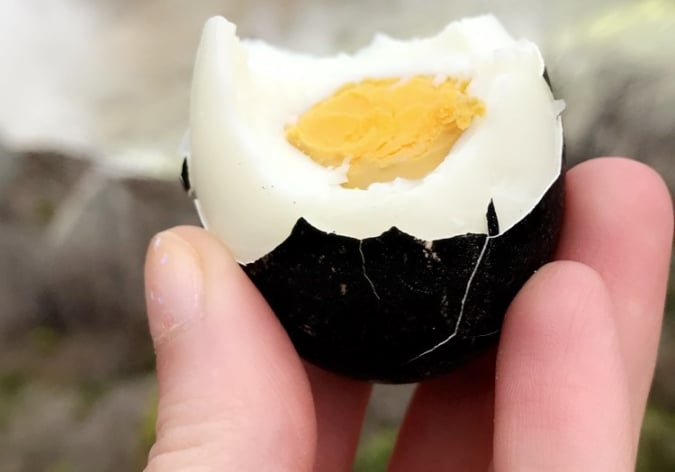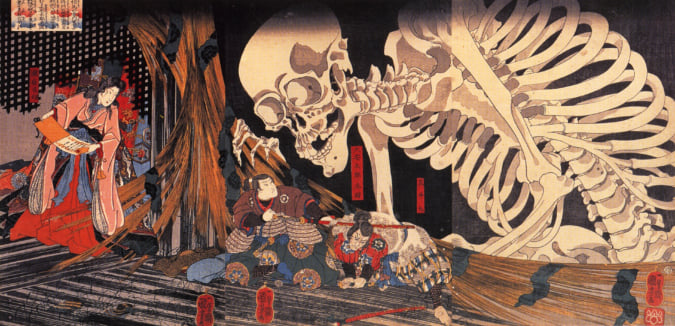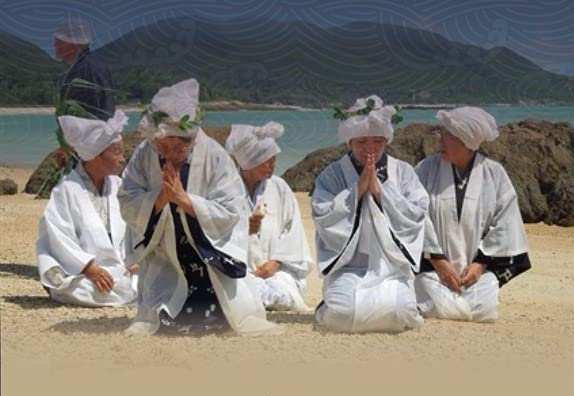At Sato Sakura Museum, Admire Cherry Blossoms All Year Round
In this Tokyo museum dedicated to the ‘nihonga’ art movement, this symbol of spring is represented on large canvases.
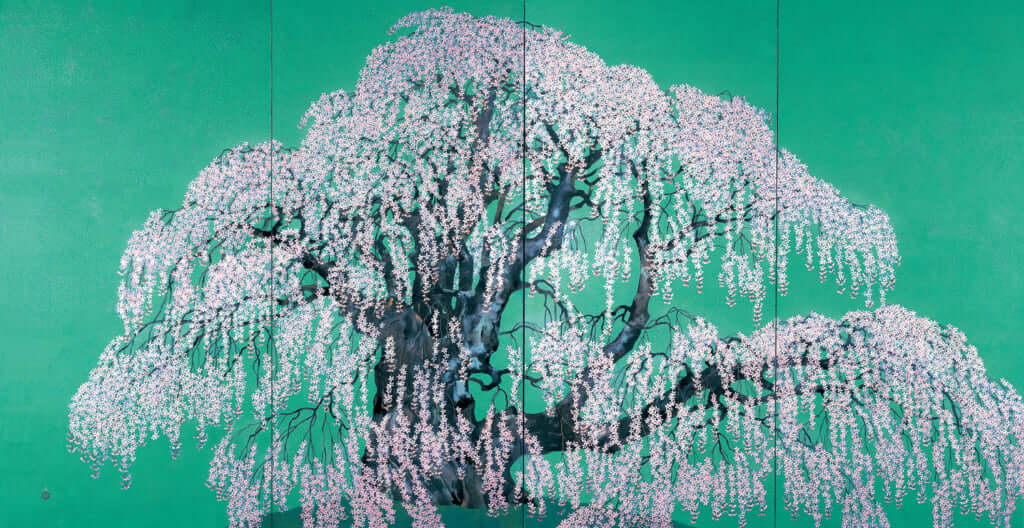
© Sato Sakura Museum
At the Meguro River in Tokyo, the bank is adorned with beautiful pinkish colours every spring, a sign that cherry blossoms have begun to bloom. This place, so popular with Tokyoites who gather here to celebrate hanami and admire the sakura, is also home to the Sato Sakura Museum. Opened in 2012, the little brother to the Sato Sakura Museum in Koriyama (Fukushima Prefecture) deserves a visit. Its façade, entirely black, stands out against the surrounding landscape.
Sakura, a favourite theme of traditional art
Inside, visitors will find traditional nihonga paintings. In addition to the museum’s four to five annual exhibitions, the second floor showcases a dozen large-scale canvases painted in the traditional aesthetic that pay tribute to the cherry blossoms, offering a visual consolation for those who visit Japan outside of the sakura flowering season.
This artistic movement, which emerged in the 1880s during the Meiji era, advocates Japanese art produced according to certain conventions and using traditional materials and techniques, but also borrows from Western art. Nihonga is still practised today by Japanese artists and is given a dedicated platform at the Sato Sakura Museum. Despite the traditional style of the paintings on display, which must be painted on wood, silk, or washi paper, their creators are all contemporary artists, born after the beginning of the Showa era (1926). In recognition of these talented artists, a satellite of the museum opened in New York in the form of a gallery in 2017.
More information on Sato Sakura Museum is available on its website.
Address: 1-7-13 Kamimeguro, Meguro, Tokyo, 153-0051
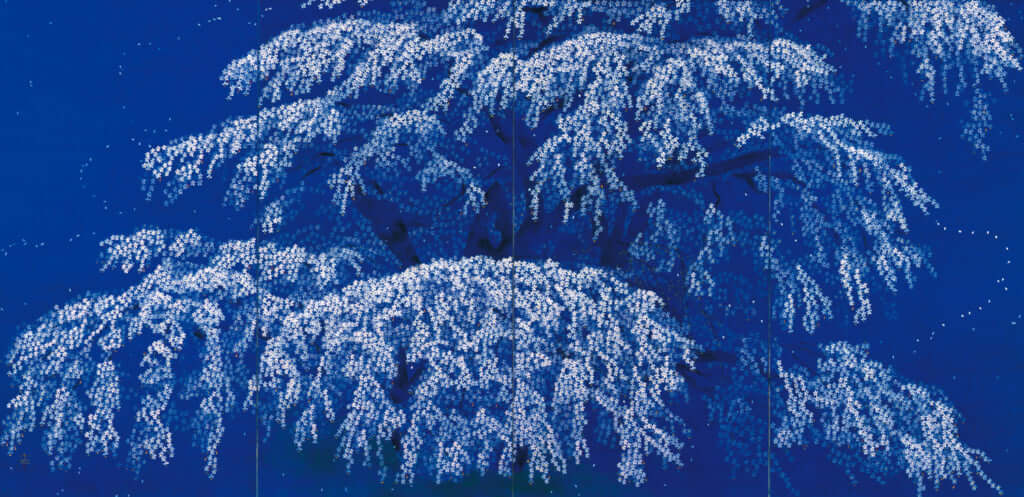
© Sato Sakura Museum
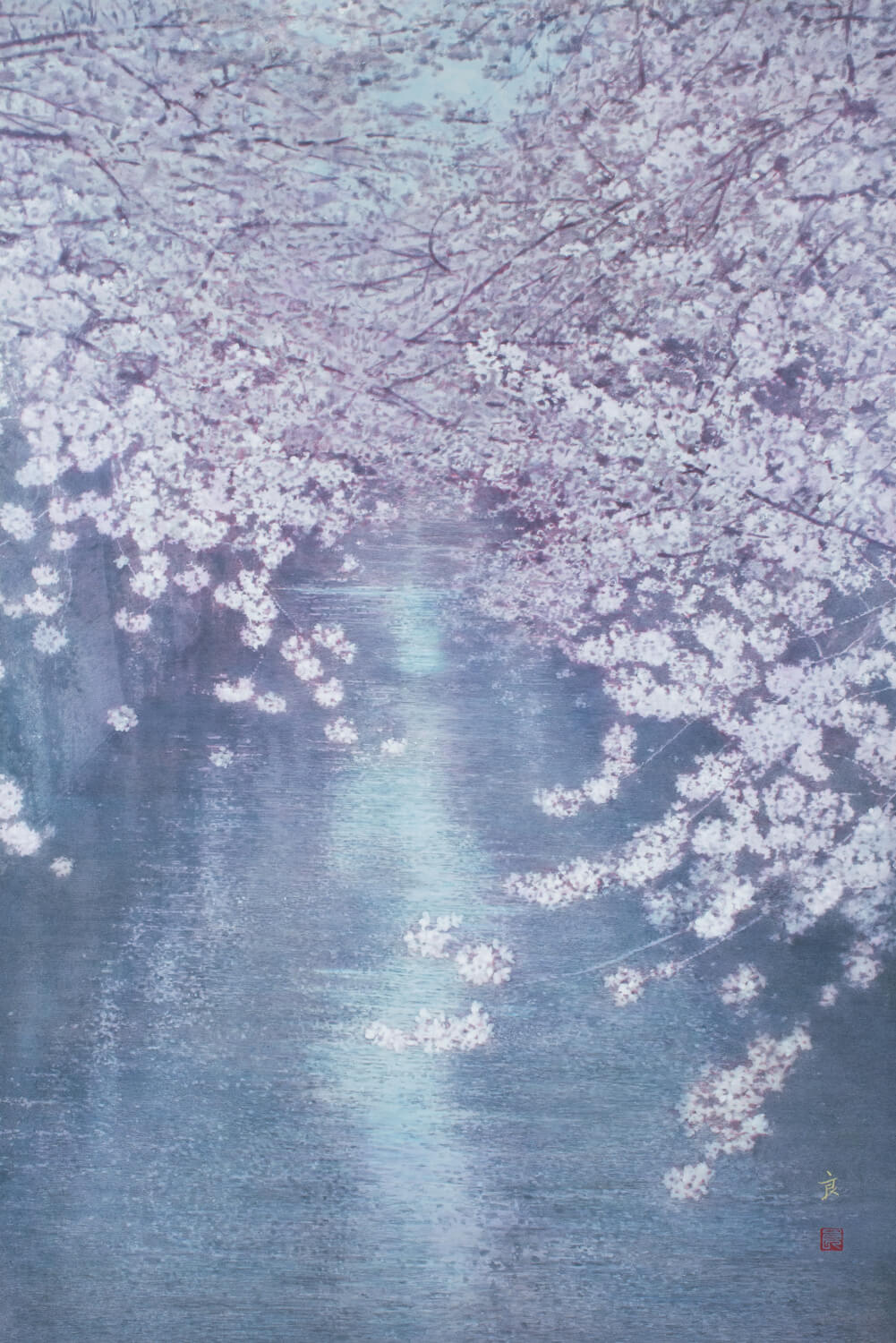
© Sato Sakura Museum
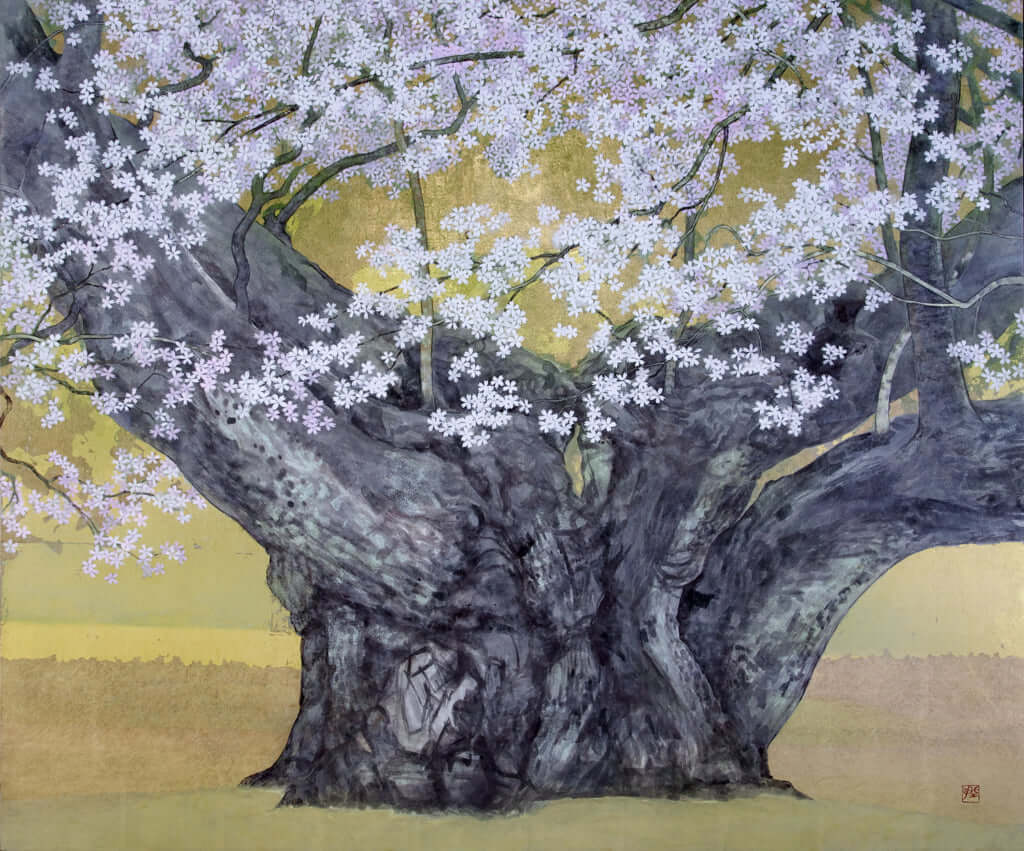
© Sato Sakura Museum
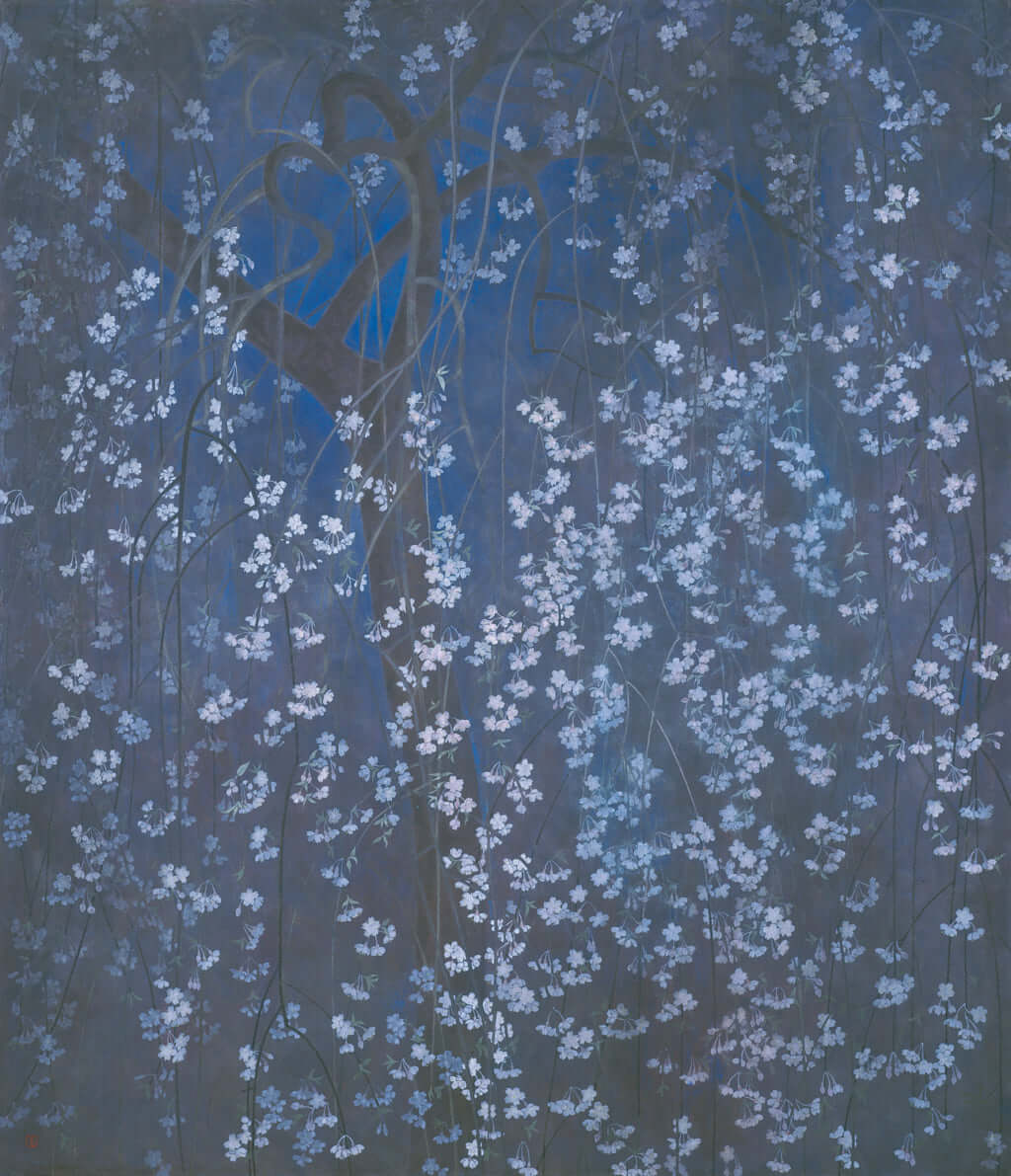
© Sato Sakura Museum

© Sato Sakura Museum
TRENDING
-
The Tradition of the Black Eggs of Mount Hakone
In the volcanic valley of Owakudani, curious looking black eggs with beneficial properties are cooked in the sulphurous waters.

-
Gashadokuro, the Legend of the Starving Skeleton
This mythical creature, with a thirst for blood and revenge, has been a fearsome presence in Japanese popular culture for centuries.

-
The Tattoos that Marked the Criminals of the Edo Period
Traditional tattoos were strong signifiers; murderers had head tattoos, while theft might result in an arm tattoo.

-
‘YUGEN’ at Art Fair Tokyo: Illumination through Obscurity
In this exhibition curated by Tara Londi, eight international artists gave their rendition of the fundamental Japanese aesthetic concept.

-
An Encounter with the Last Shamans in Japan
Sociologist Muriel Jolivet's book offers an analysis combined with a travelogue and interviews with these women with supernatural powers.

